In the 8th century, power shifted away from the Merovingians (Clovis's dynasty) to the Carolingians (Charles Martel and Charlemagne's dynasty).
Charles Martel, the founder of the Carolingian dynasty, had initially been an administrator under the Merovingians.
He rose to power after a successful battle in 732, where he successfully defended the Frankish kingdom from the advancing Umayyad Caliphate.
His grandson, Charlemagne, became one of the most powerful rulers in Europe, and shifted the capital from Paris to Aix-la-Chapelle.
Paris only regained its political importance when a new dynasty took over - the Capetians, founded by Hugues Capet.
The Capetians became one of the longest ruling families in Europe, ruling almost uninterruptedly from 987 to 1848!
Under the Capetians, Paris transformed from a provincial town into one of the wealthiest and most vibrant medieval cities in Europe.
The epicenter of Capetian power until the 14th century was a royal palace on the Île de la Cité - remnants of which can still be seen today at the Conciergerie.
One of the Capetians' most famous rulers, Louis IX, constructed the Sainte-Chapelle on the Ile de la Cité to house his collection of holy relics, which included a fragment of the Holy Cross and the Crown of Thorns.
Part of the Conciergerie's Great Hall dates back to the 14th century.
The upper room, known as the Grand’Salle, was used for judicial proceedings and receptions.
It is one of the largest non-religious Gothic halls in Europe.
It measured a massive 60 meters long and featured 2 naves, pillars with statues of Frankish kings, and a large black marble table - parts of which still remain today.
The lower room, called the Salle des Gens d’Armes, served as a refectory and could accommodate up to 2,000 people.
The central towers of the Conciergerie also date from this period.
During the Middle Ages, Paris saw the construction of several notable royal castles.
The Château de Vincennes was the tallest keep in Europe and used as a refuge in times of trouble.
The Louvre became a massive royal residence.
To defend against English invasions—driven by claims to the French throne—city walls were constructed.
Remnants of the wall built by Philippe Auguste in 12th-century still exist today, including an impressive chunk at the Village St-Paul.
A later wall, built by Charles V in the 14th century, has now mostly vanished, having been replaced by the Grands Boulevards.













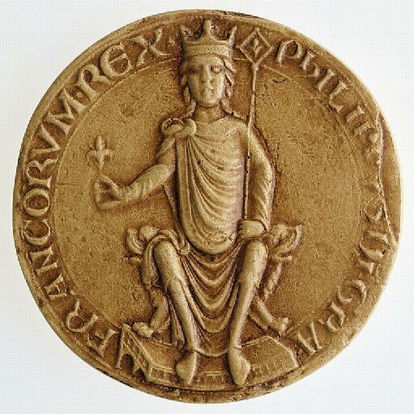


















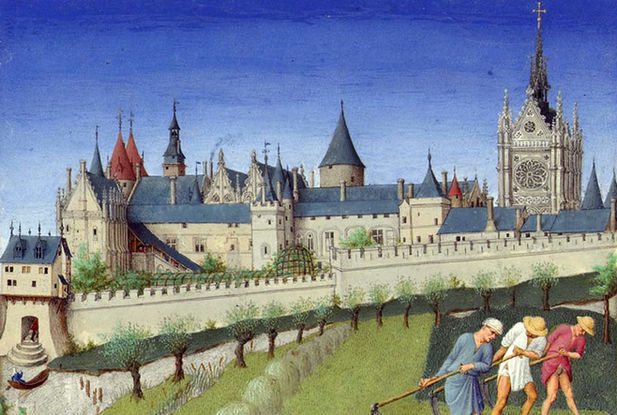





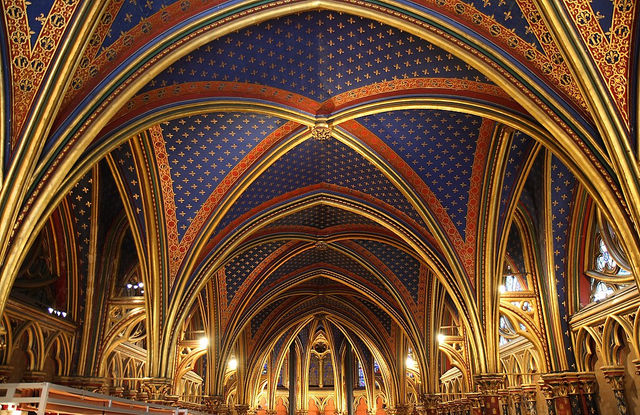


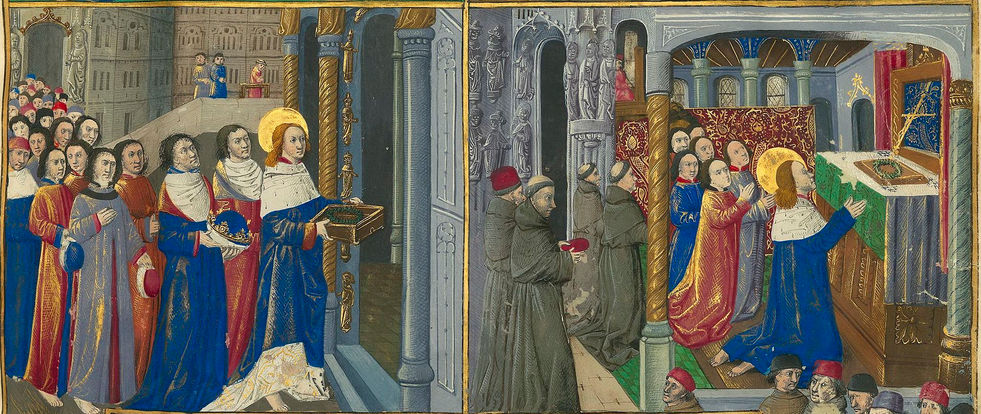






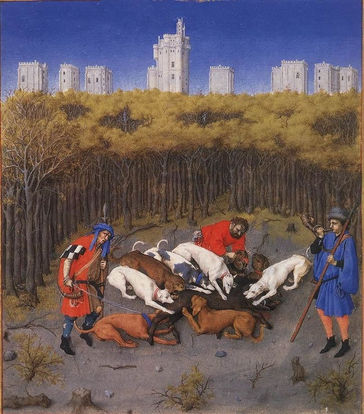

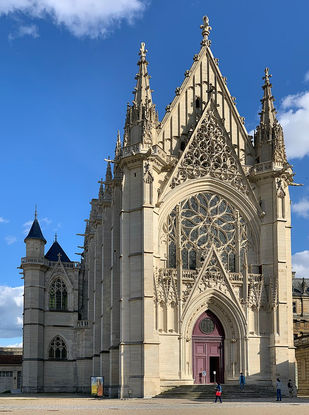



















.jpeg)